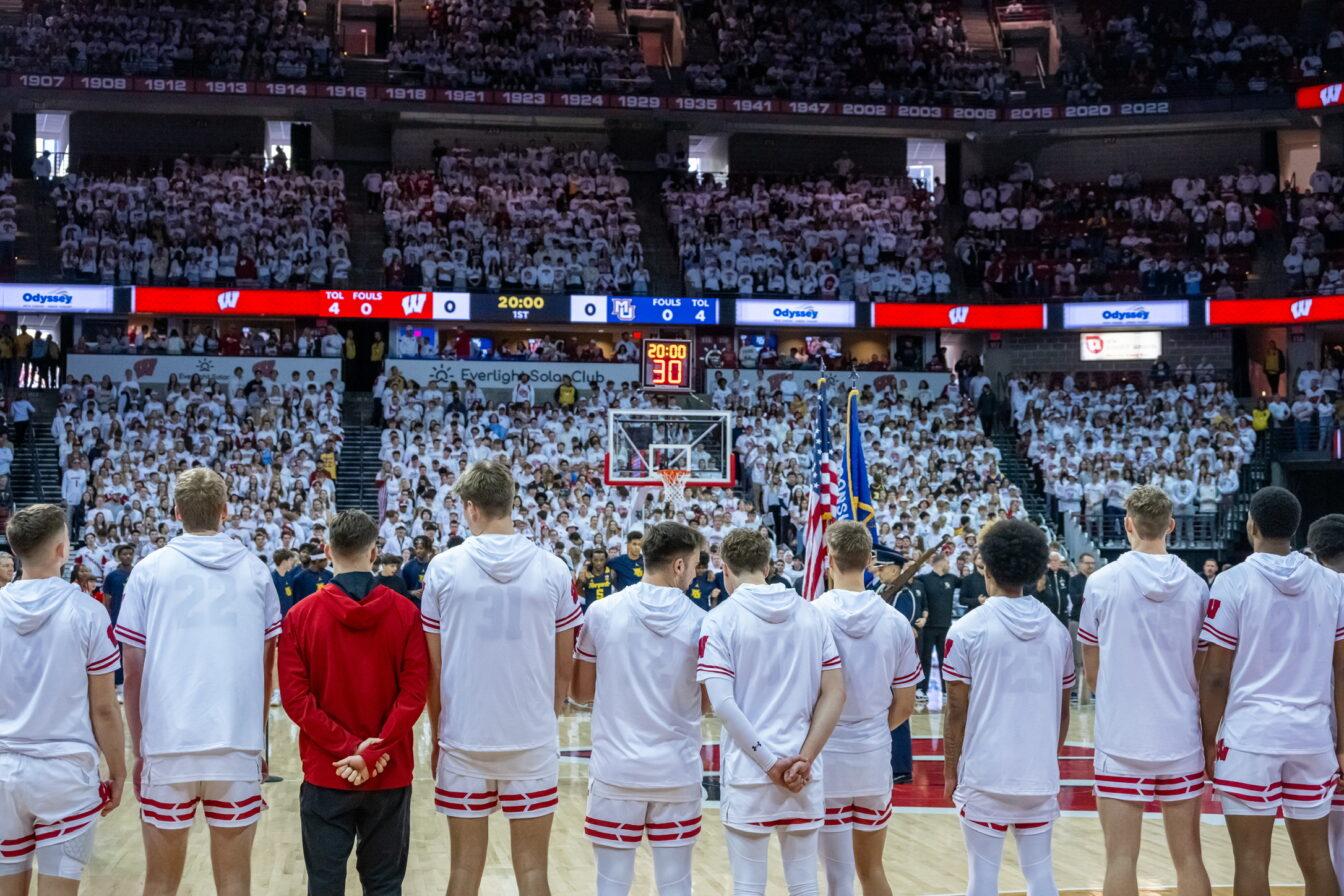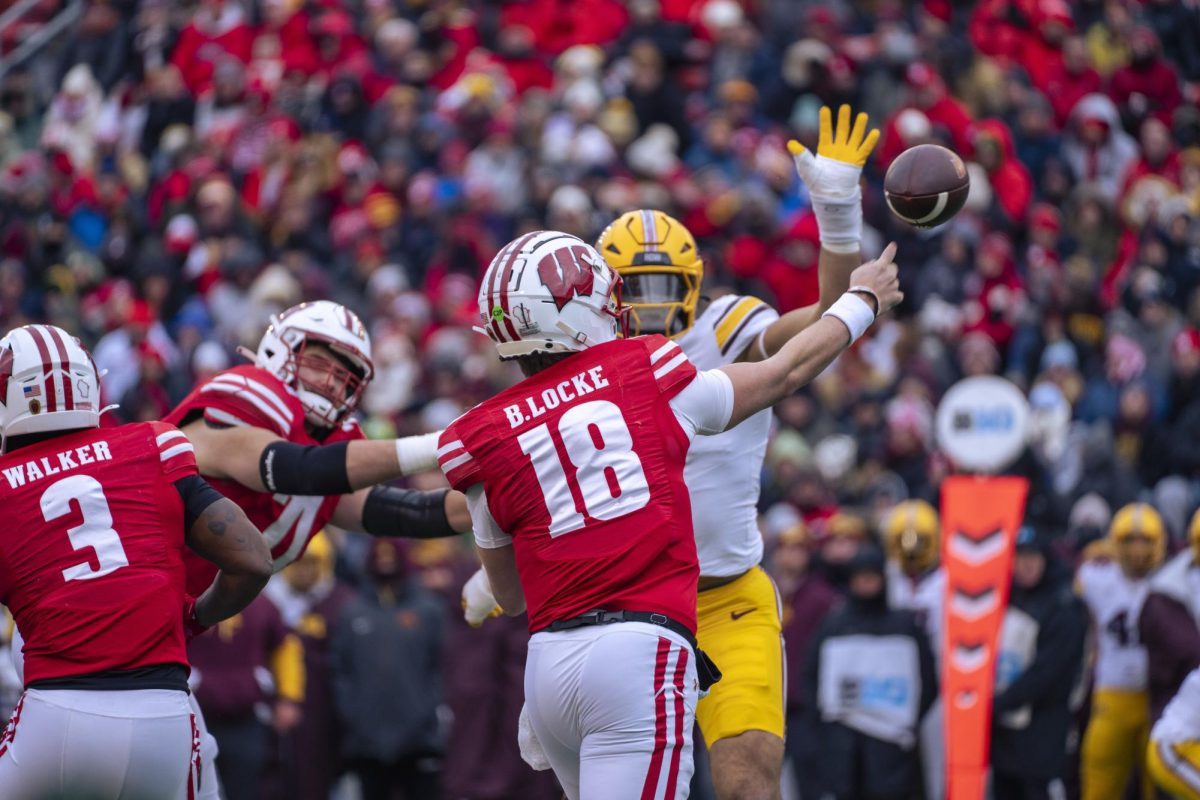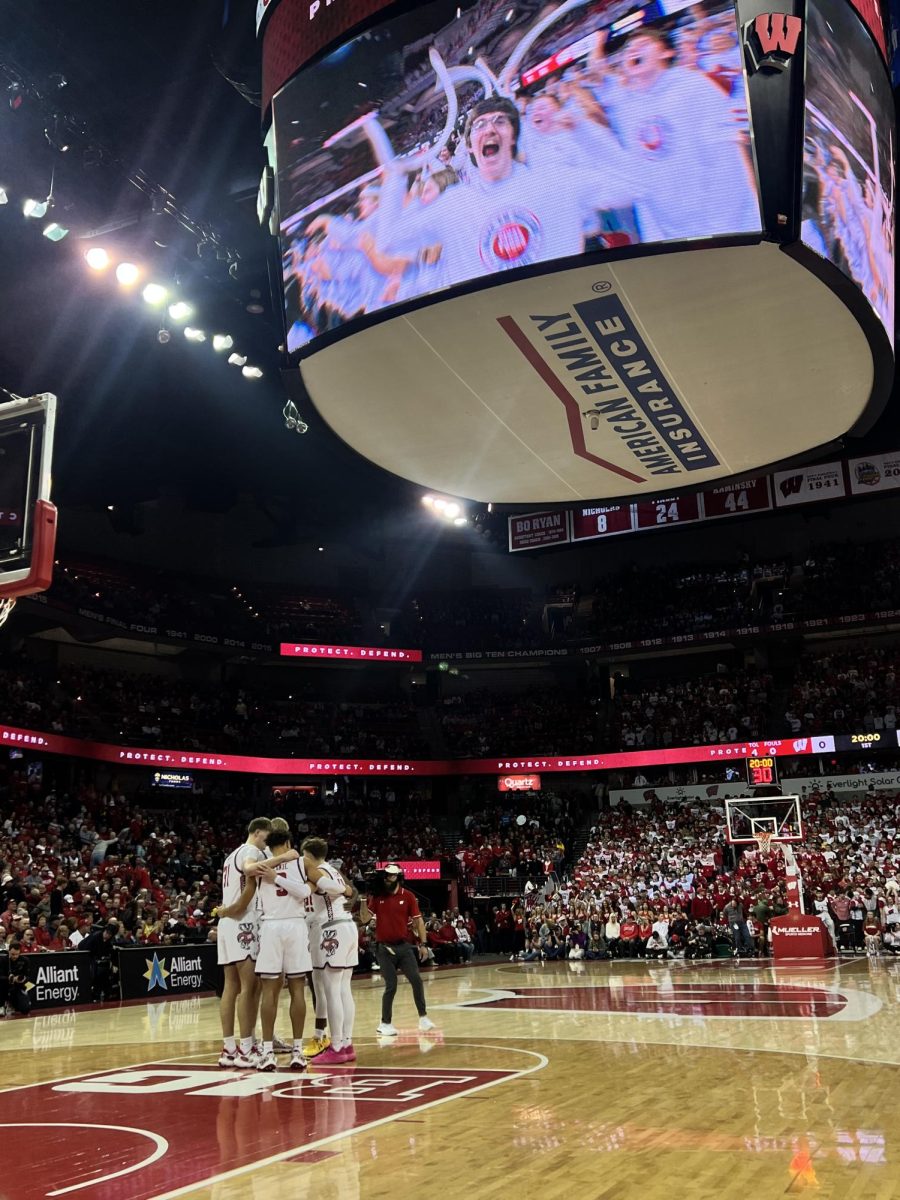Aside from Ohio State, which remains the last unbeaten team in Division-I, there’s a lot of uncertainty heading into the last month of the college basketball regular season.
The polls have shaken and shifted more than the Koa’e Fault Zone and, generally, turbulent regular season rankings precede memorable if not downright spectacular NCAA Tournaments. But there is much to decide before the tournament begins, as in which teams will actually be there when the madness happens.
The confusion begins with the Big East. For the nation’s best conference, the issue centers, per usual, around how many teams it can send. In the early breaths of the year, some felt the conference could produce a showing of 11 teams, but as the season has carried on, that possibility has been all but eighty-sixed.
There is a good chance, however, the Big East will see eight teams go. Count out Providence, Seton Hall and St. John’s, even though each program has vastly improved, meaning three teams, Cincinnati, Marquette and West Virginia, all of which could prove very lethal in the tournament, will vie for the eighth spot. That race will, by and large, come down to the conference tournament.
The Big Ten has also been an enigma this year. Programs like Penn State and Minnesota have played better than expected, nearly pulling off, or in some cases actually pulling off, some serious upsets against the top teams in the conference. A few perennial solid groups remain at the top in Ohio State, Purdue and Wisconsin, but several have underperformed, legitimately jeopardizing their chances to make it to the tournament.
At the forefront of that disappointment stands Michigan State. The Spartans were supposed to contend for a title, but a 5-6 record in conference play places Tom Izzo’s group on the bubble. What’s especially troubling is the bottom of the Big Ten is as poor as it gets. Tom Crean, how’s that switch to Indiana working out for you?
The Big Ten doesn’t deserve more than five teams in the Big Dance, and if they only send five, the question becomes which team deserves the final bid (assuming that Ohio State, Wisconsin, Purdue and Illinois are all locks): Minnesota (5-6, 16-7), Penn State (5-6, 12-10) or Michigan State (13-10, 5-6)?
It’s possible that none of the three teams really deserve it. Penn State had a really weak non-conference schedule, and aside from a upset of Purdue, Minnesota’s resume isn’t particularly strong either. Michigan State is suffering from a brutal non-conference schedule. But if one team is going to go, give the edge to the Spartans because of Izzo’s experience. Don’t be surprised, however, if Michigan State is in New York in March, if they even get that far.
The conference that has turned the most heads in recent weeks is the ACC. Duke was proclaimed a very real threat to repeat, and even though it has recently slipped, because there aren’t any clear favorites, it remains a contender.
However, the real ACC stories this year are Florida State’s improvement and North Carolina’s resurgence.
Both teams are locks for the tournament because the rest of the conference is hot garbage, but how high in the brackets can each one climb?
North Carolina reentered the top 25 this week for the first time since late November on the shoulders of Harrison Barnes, who took the long road in adjusting to life as a star basketball player on campus and in the national spotlight.
The Heels are once again scoring like the stellar offensive groups of the past, and with a weak conference where they can rack up wins, Carolina could jump up to a number three seed come tournament time.
The Seminoles, who have cooled off in the recent weeks, still possess several big wins against top ranked teams. If they can stave off mediocrity, a level that they are slowly trending toward, a third place finish in the ACC will earn at least a five or six seed.
The rest of the down-conference is a mish-mash of programs on the mend. Who knows what’s happened to the rest of them. Are three teams from the ACC a possibility? Probably not, but Gonzaga, Northern Iowa and Butler sure hope it is.
The conference that might make up for the Big Ten and ACC’s poor showing this year is the Big 12. Kansas, which everyone expected to make noise this year, and Texas, who is one of the biggest surprises of the season, are legitimate candidates not only for number one seeds in the tournament but also for the national championship.
A case could be made for Baylor, Texas A&M, Missouri, Kansas State, Colorado and Oklahoma State for the tournament, possibly giving the Big 12 eight teams.
With so many new faces in the rankings this year, there’s no telling what’s in store come March. The conference races are far from over, but the tournament is beginning to take shape, and that’s a great feeling.







